
People, Machines, and Food:
The visual story of Packingtown
The Packingtown Museum is not only a way to preserve the history of the Stock Yards and the people who came through it. Upton Sinclair’s The Jungle gave many people an eye-opening look into the lives of those who labored in the factories in the Stock Yards, but the stories don’t end with the release of that novel in 1906. The hustle and bustle of the Stock Yards continued for another 75 years.
This page gives a preview of the Packingtown Museum,
including photos on display and in our collection.
See a virtual version of the exhibit The People of the Stock Yards here.
Immigration and Diversity
The role of immigration in fueling industrial labor, ethnic and religious mix in the neighborhoods, and their evolution over time.
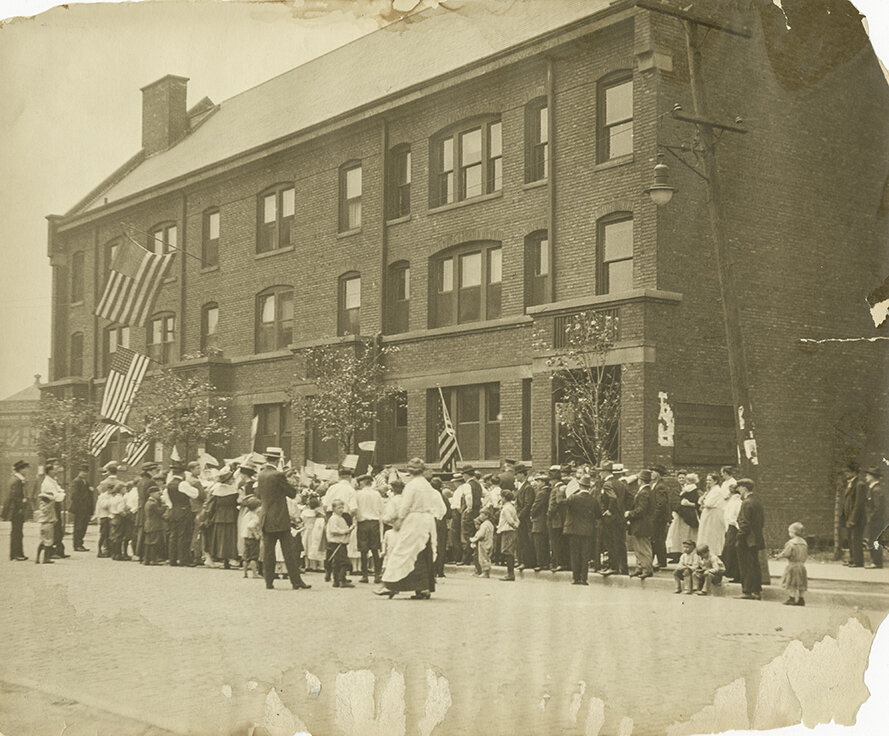
From the Chicago History Museum's Archives
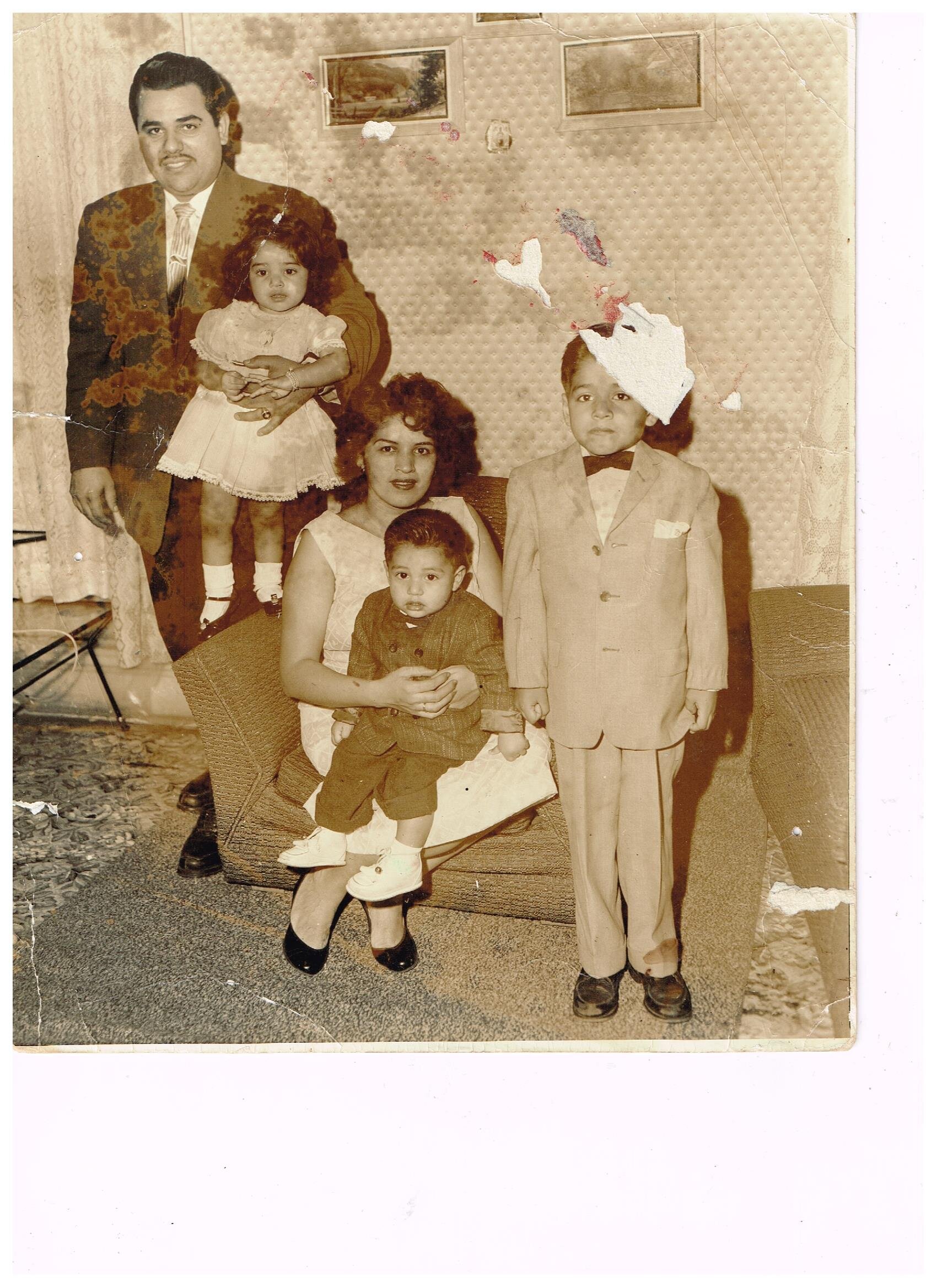
Courtesy of Lupe Tsironis

Courtesy of Dominic Pacyga
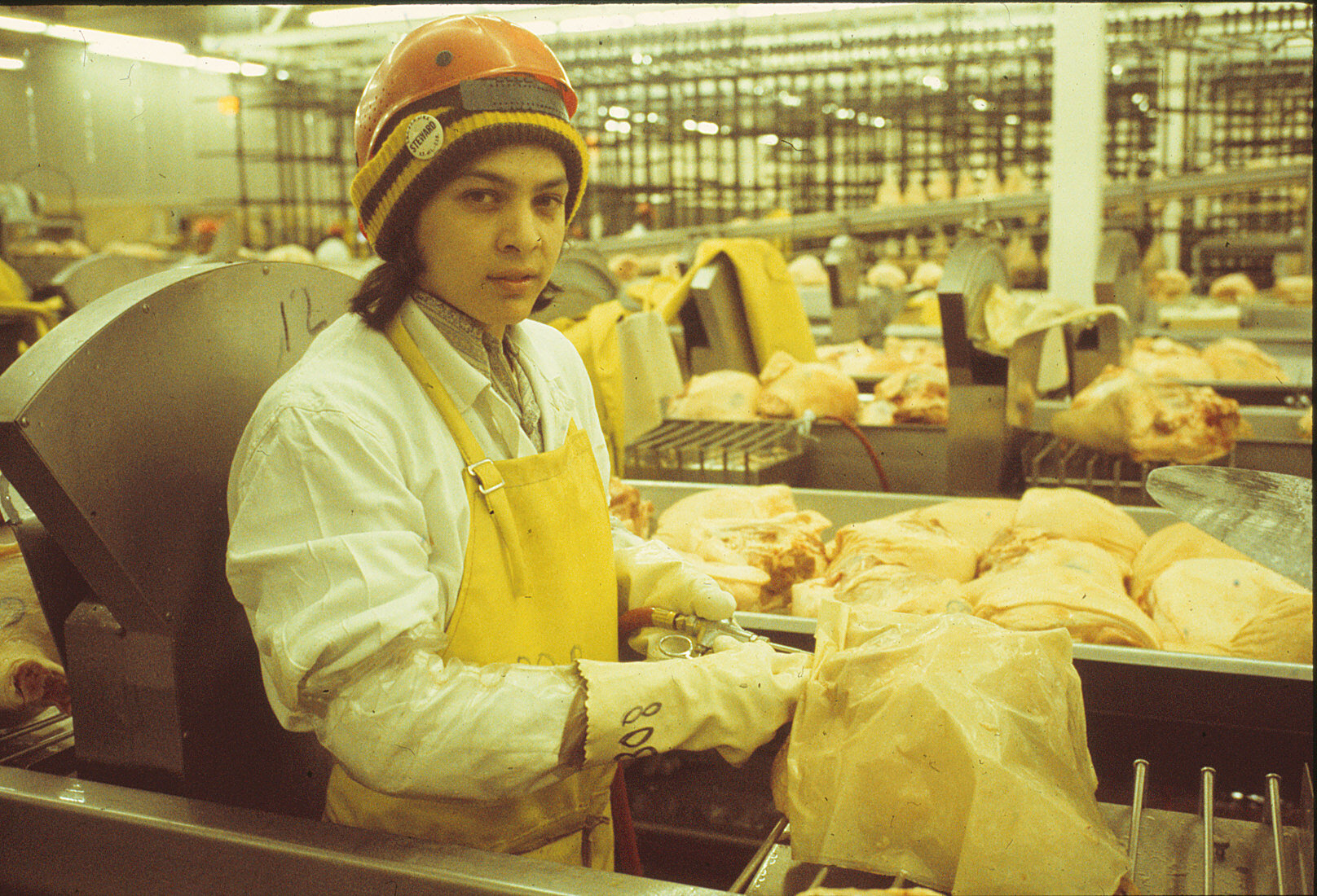
From Peer Foods' archive
Industrial and Economic History, and the Food System
The role of the factory system, refrigeration and the growth of the meat industry, and deindustrialization.

Courtesy of Dominic Pacyga
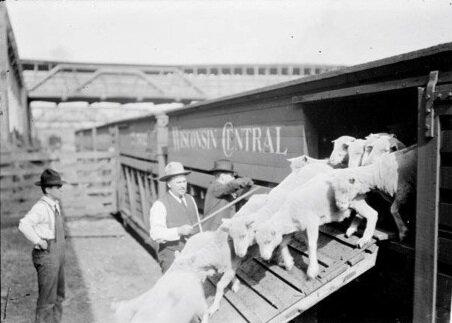
Courtesy of Dominic Pacyga
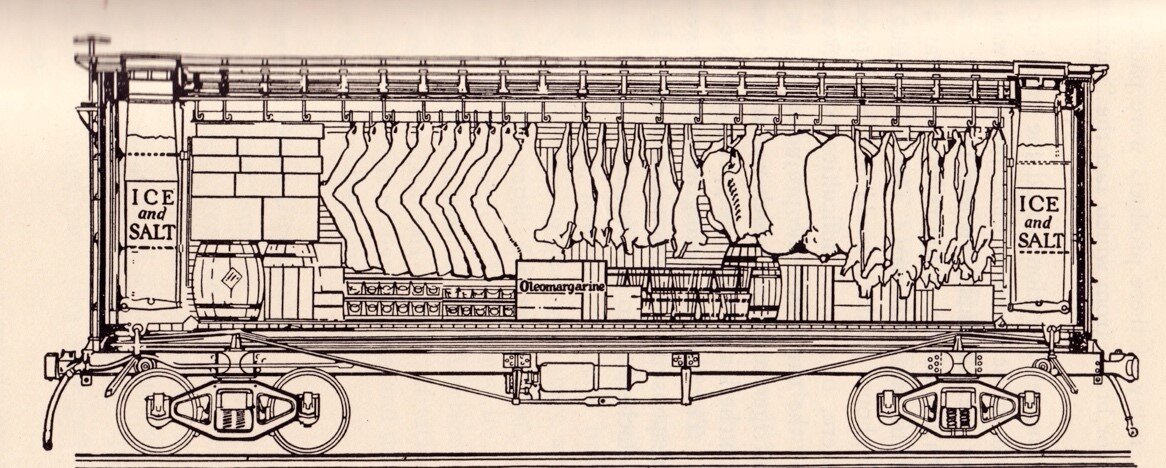
Courtesy of Dominic Pacyga
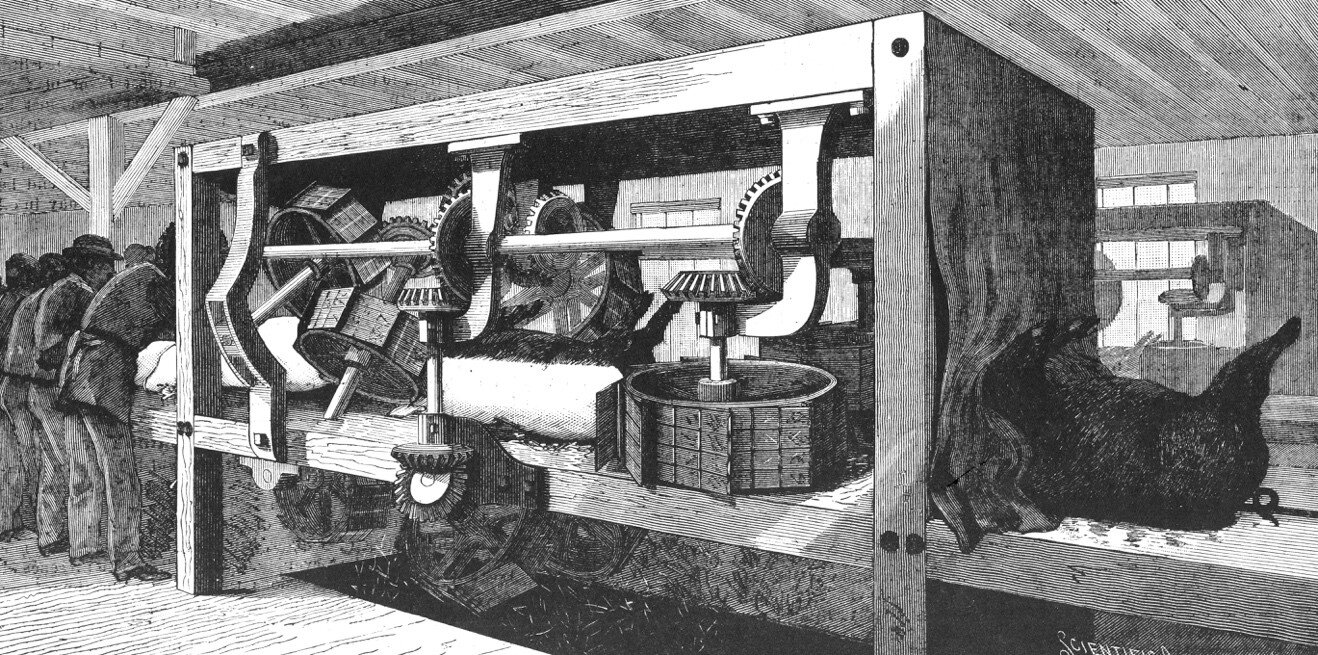
From Scientific American
Labor History
People at work, key strikes and organizations, and the role of Chicago’s unions in broader labor history.

From the Chicago History Museum's Archives
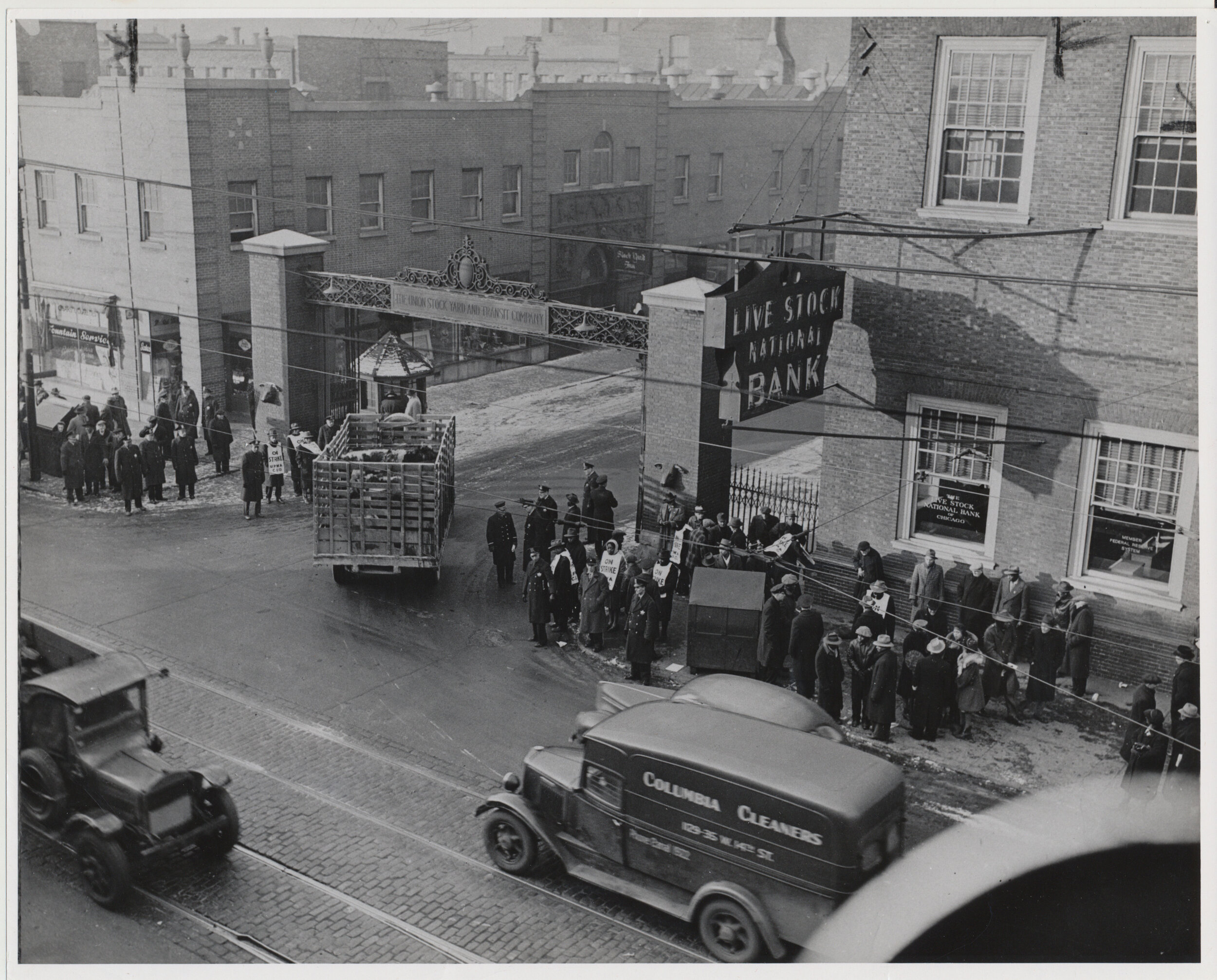
From the Roosevelt University Archives

Courtesy of Dominic Pacyga

Courtesy of Peer Foods
Development of the Union Stock Yard + the Central Manufacturing District
From the opening of the Union Stock Yard in 1865 to the contemporary Stockyard Industrial District.

Courtesy of Dominic Pacyga

From the Chicago History Museum's Archives

Courtesy of Dominic Pacyga
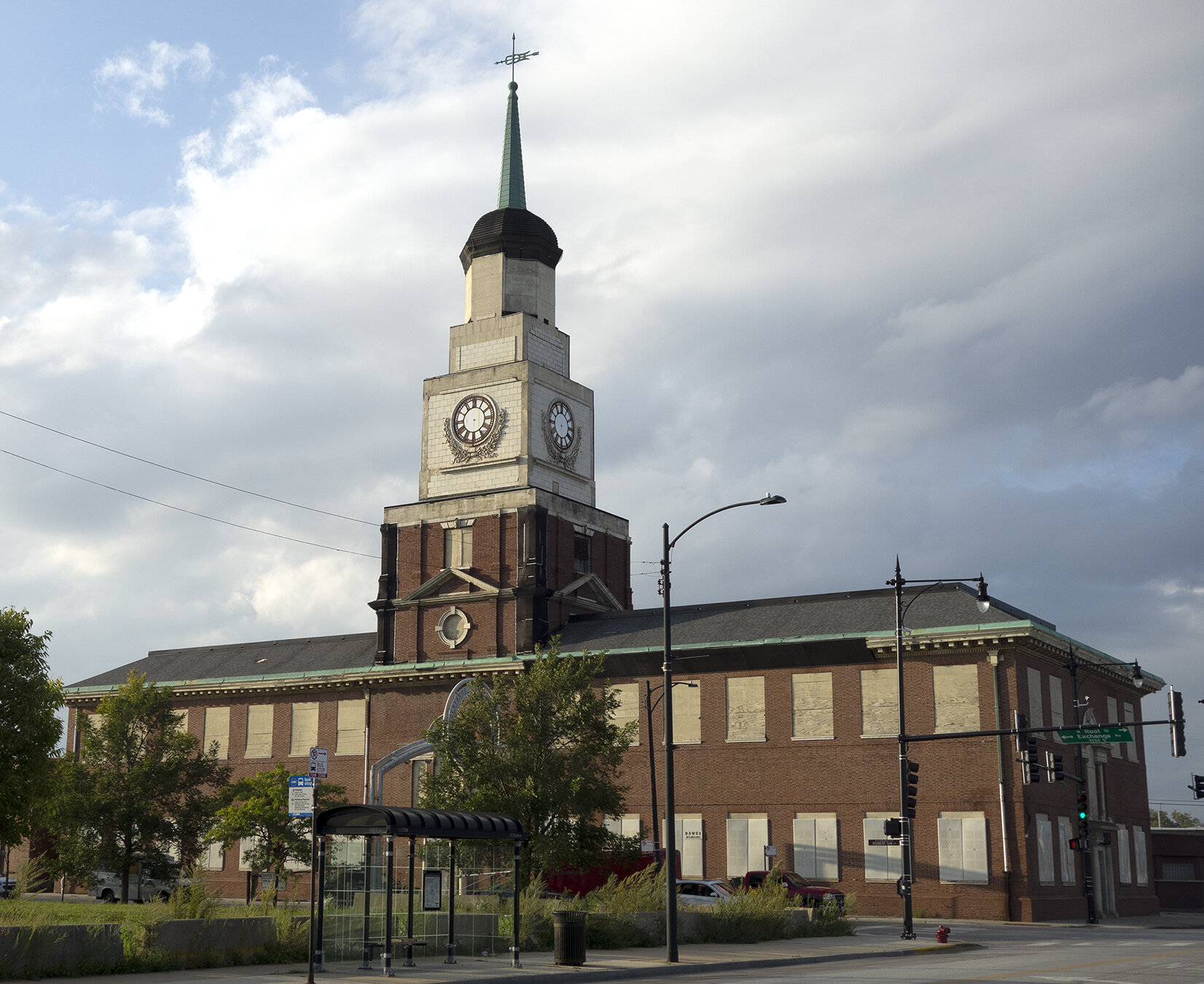
Photo by Carolee Kokola
History of the Building
Constructed in 1925 for Buehler Brothers, then operating as Peer Foods, the home of the Packingtown Museum is called The Plant today.

Courtesy of Joseph Miceli

Courtesy of Joseph Miceli
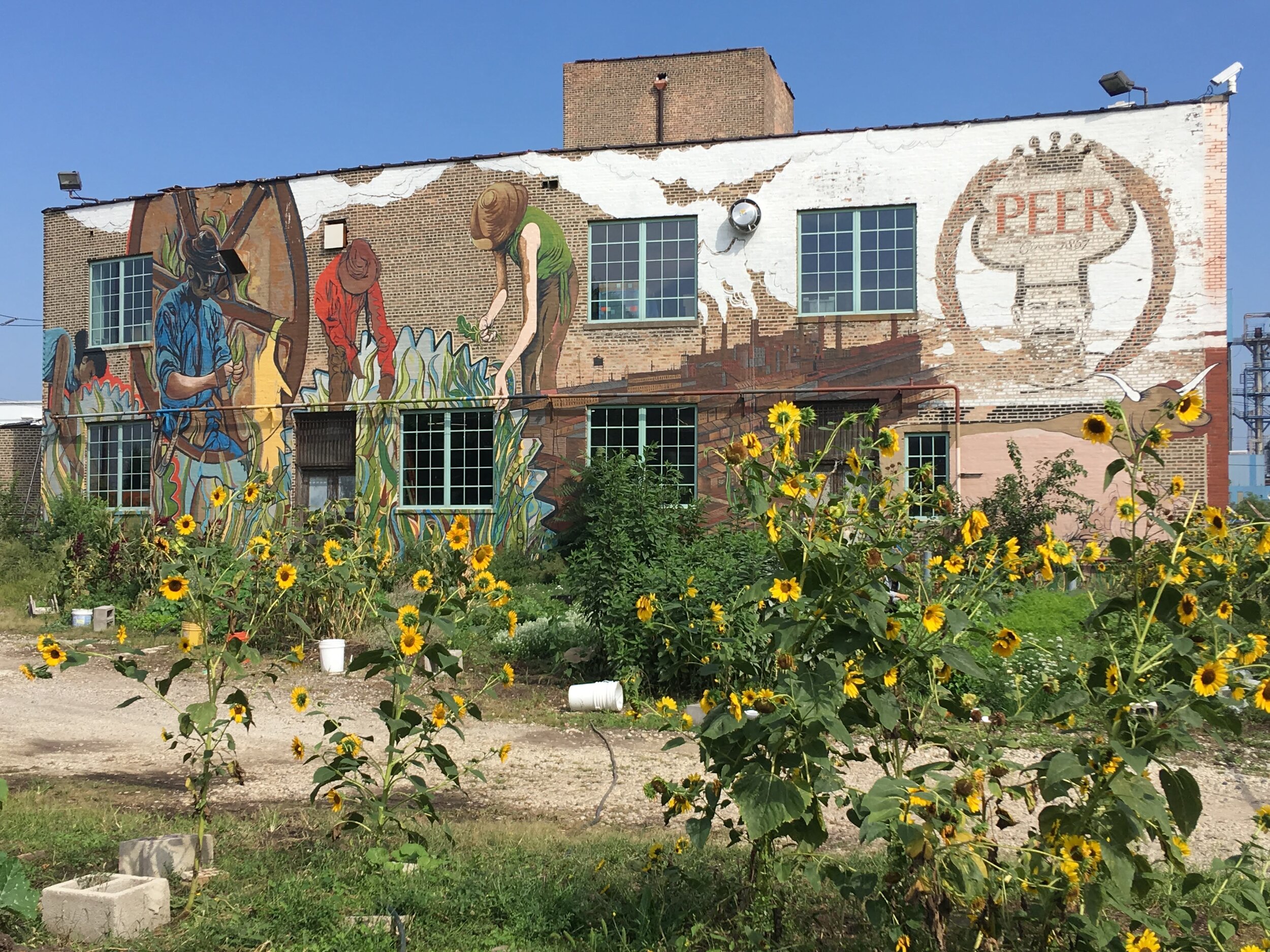
Courtesy of Bubbly Dynamics

Courtesy of Bubbly Dynamics
